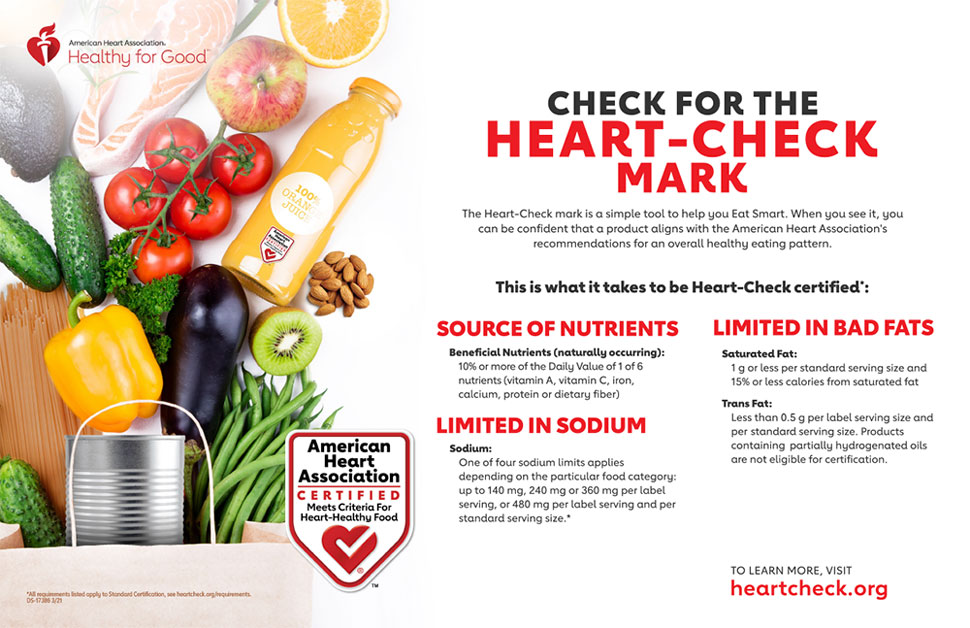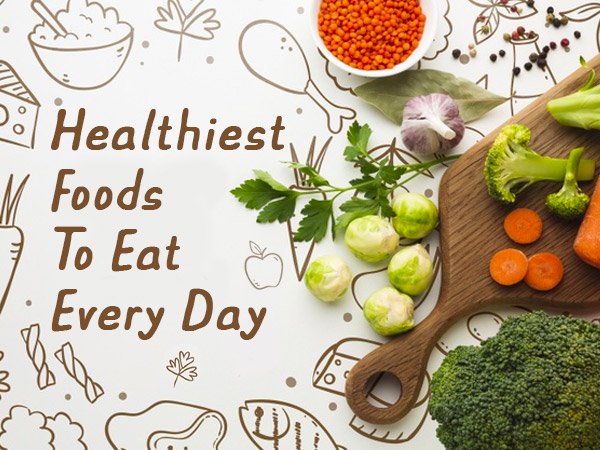
The Whole30 diet is a way to reset your metabolism and cleanse your digestive tract. You will not be allowed to eat processed foods or packaged products. Also, you must avoid dairy and soy. But you can still eat plenty of vegetables and fruits, which can be an ideal alternative to fast-food. There are also recipes for healthy snacks. You don't need to sacrifice the flavor of the foods that you love in order to make these nutritious and delicious treats.
The Whole30 diet allows people to eat all kinds of fruits and veggies. While the diet doesn't require you to eliminate all of them, there are certain ones that you must avoid. The Whole30 website has a list of allowed and prohibited foods. The Whole30 website also offers a free download of the chart. You can either print it, keep it in your wallet or save it to your smartphone.
You can't eat packaged foods, but you can buy them in a store that offers them. The Whole30 list of foods doesn't include them - even though they technically do comply with the diet. Instead, it focuses on eating more natural and unprocessed foods - such as fruit, nuts, and seeds. Although you will be eating more vegetables, there won't be as much processed meat. Make sure you read all labels.

The whole 30 plan encourages more vegetables than you normally would. This is because vegetables contain more nutrients as well as fiber. The Whole30 diet does not allow cowboy ribeyes to be eaten for more than 30 days. Vegetables are rich in fiber and minerals. Fruits are high in natural sugar so you should not make fruit a mainstay of your diet. Many people don't realize they are eating too much sugar.
A whole30 diet will allow for you to eat vegetables but not potatoes. Although you can eat fruit and vegetables with no restrictions, it is important to avoid eating too much processed cheese and red meat. These triggers are often associated with bloating. You may need to purchase these items at a grocery shop that sells them.
Other Whole30-friendly foods include eggs and fish. Although you can add them to your salads or stir-fries with them, be careful not to overeat them. However, it is possible to still eat them in moderation when you choose the right kind of food. You can still eat almond butter and carrots, even though you might not be able chocolate. Almond butter and vegetable juice can be used in moderation.
Although Whole30 is not for everyone, it can be a great way to cleanse your body and lose weight. It is also a great way for you to eat better and feel better. It's important to be familiar with the basics of the program if you are new to it. It is a good idea to eat these foods often if you are unsure of what foods you should include.

You can also try frying bananas or plantains in coconut oil, which are both allowed on the Whole30 list of foods. Coconut oil is a good option for bananas and plantains. However, you should avoid overripe bananas. Avocados are also a staple in the Whole30 diet and can help you curb your cravings. It is best to stick to it for several weeks to reap the benefits of Whole30.
The Whole30 diet can be a great way for you to change your unhealthy eating habits. You can avoid processed foods and sugar. Focusing on whole, unprocessed food is the best way to make your body feel good. You don't have to weigh yourself or count calories. Whole30 is possible without having to follow any of these traditional lifestyles. It is important to ensure you don't experience any side effects during the Whole30.
FAQ
What are the 7 tips to have a healthy life?
-
Be healthy
-
Exercise regularly
-
Rest well
-
Get plenty of water.
-
Get enough sleep
-
Be happy
-
Smile often.
What can you do if your immune system is weak?
The human body consists of trillions of cells. These cells combine to form organs or tissues that serve specific functions. A cell that dies will be replaced by another. Cells communicate with one another using chemical signals called hormonal hormones. Hormones regulate all bodily functions from growth and developmental to metabolism and immunity.
Hormones, chemicals that are secreted throughout the body by glands, are chemicals. They are chemicals that travel through the bloodstream and function as messengers to control how our bodies work. Some hormones are produced internally while others are made outside of the body.
When a hormone-producing gland releases their contents into the bloodstream, hormone production begins. Once hormones are released they move through the bloodstream until they reach their intended organ. Sometimes hormones stay active for only a short time. Other hormones stay active longer and continue to influence the body's functioning even after they leave the bloodstream.
Some hormones are made in large quantities. Others are only produced in very small quantities.
Some hormones are produced at certain times during life. For example, estrogen can be produced during puberty or pregnancy. Estrogen aids women in developing breasts, maintaining bone density and preventing osteoporosis. It promotes hair growth as well as keeping skin soft and smooth.
How often do I need to exercise?
It is important to exercise for a healthy lifestyle. However, there isn't a set amount of time you must spend working out. Find something you like and stay with it.
When you exercise three times per week, aim for 20-30 minutes moderate intensity. Moderate intensity means that your muscles will continue to work hard even after you finish. This type of workout burns around 300 calories.
Walk for at least 10 minutes four days a weeks if you prefer walking. Walking is low impact and easy on your joints.
Jogging is an alternative to running. You can do it for as little as 15 minutes each day. Running is a great way of burning calories and building muscle tone.
You should start slowly if it's your first time exercising. Begin with 5 minutes of cardio every other day. Gradually increase the amount of cardio you do until you reach your goal.
Exercise: Good or bad for immunity?
Exercise is good for your immune system. Your body creates white blood cells when you exercise that fight infection. Your body also eliminates toxins. Exercise can help prevent heart disease and cancer. It also reduces stress levels.
However, exercising too much can weaken your immune system. Exercising too hard can make your muscles sore. This causes inflammation, swelling, and can even lead to death. In order to fight infection, your body must produce more antibodies. However, these antibodies can also cause allergic reactions and autoimmune diseases.
So, don't overdo it!
How much should I weight for my height and age? BMI calculator & chart
A body mass index calculator (BMI) is the best way to find out how much weight you should lose. The range of a healthy BMI is between 18.5- 24.9. Aim to lose 10 pounds per month if your goal is to lose weight. To calculate your BMI, simply enter your height and weight into the BMI calculator.
This BMI chart will help you determine if your body is overweight or obese.
Do I have to count calories?
You might be asking "What is the best diet?" or "is counting calories necessary?" The answer is dependent on several factors like your current health status, personal goals, your lifestyle, and your preferences.
The Best Diet For Me: Which One Is Right?
The best diet depends on me, my health, my goals, my preferences and my overall lifestyle. There are many diets available, some good and others not so good. Some diets work well for some people and others do not. What should I do then? How do I make a good decision?
This article aims at answering these questions. It starts with a brief introduction of the different types of diets available today. After that, you will learn about the pros and disadvantages of each type. The final step is to determine which one is right for you.
Let's start by taking a look at the various types of diets.
Diet Types
There are three types of diets available: ketogenic, high-protein, and low fat. Let's look at each one briefly.
Low Fat Diets
A low fat diet is a diet that restricts the amount of fats consumed. This is accomplished by decreasing the intake of saturated fats such as butter and cream cheese. You can replace them with unsaturated oils (olive oil and avocados) Low fat diets are often recommended to those who wish to lose weight quickly. This kind of diet could cause problems like constipation or heartburn and indigestion. Vitamin deficiencies can also occur if the person doesn't get enough vitamins through their diet.
High Protein Diets
High-protein diets limit carbohydrates and favor proteins. These diets often have higher levels of protein than most other diets. These diets are meant to increase muscle mass, and burn more calories. Unfortunately, they can't provide adequate nutrition for those who eat regularly. They may also be too restrictive and not suitable for everyone.
Ketogenic Diets
Also known as keto diets, ketogenic diets are also called keto diets. They are high in fat, moderately high in protein and low in carbohydrates. These foods are popular among athletes and bodybuilders as they allow them to train harder, longer and without becoming tired. You must adhere to all side effects, including fatigue, headaches, nausea and headaches.
What are 10 healthy lifestyle habits?
-
Get breakfast every morning.
-
Don't skip meals.
-
Be balanced.
-
Drink plenty of water
-
Take care to your body.
-
Get enough sleep.
-
Avoid junk food.
-
Get at least one form of exercise each day.
-
Have fun
-
Make new friends
Statistics
- Extra virgin olive oil may benefit heart health, as people who consume it have a lower risk for dying from heart attacks and strokes according to some evidence (57Trusted Source (healthline.com)
- WHO recommends reducing saturated fats to less than 10% of total energy intake; reducing trans-fats to less than 1% of total energy intake; and replacing both saturated fats and trans-fats to unsaturated fats. (who.int)
- This article received 11 testimonials and 86% of readers who voted found it helpful, earning it our reader-approved status. (wikihow.com)
- In both adults and children, the intake of free sugars should be reduced to less than 10% of total energy intake. (who.int)
External Links
How To
What does the word "vitamin" mean?
Vitamins are organic substances found naturally in food. Vitamins help us absorb nutrients from foods we eat. The body cannot make vitamins; therefore, they must be obtained from food.
Two types of vitamins exist: water-soluble vitamin and fat-soluble vitamin. Water-soluble vitamins dissolve in water easily. Some examples include vitamin C,B1 and B2 vitamins (thiamine), B2 and riboflavin, B3 and B6 vitamins (niacin), folic acids, biotin, pantothenic acids, and cholesterol. Fat soluble vitamins are stored in the liver and fatty tissue. These include vitamin D, E and K, as well as beta carotene.
Vitamins can be classified by their biological activity. There are eight major groups of vitamins:
-
A - Essential for healthy growth and health maintenance.
-
C – essential for proper nerve function.
-
D - Vital for healthy bones and teeth
-
E is needed for good reproduction and vision.
-
K - required for healthy muscles and nerves.
-
P - Vital for strong bones and teeth.
-
Q - Aids in digestion and absorption.
-
R - necessary for making red blood cells.
The recommended daily intake (RDA), of vitamins varies with age, gender and physical condition. The U.S. Food and Drug Administration, (FDA), sets the RDA value.
For adults over 19 years, the RDA is 400 mg per day for vitamin A. For fetal development, pregnant women need 600 mg per day. Children ages 1-8 require 900 micrograms per day. Infants below one year old require 700mg per day. But, between 9 months to 12 months, the amount drops to 500mg per day.
Children aged 1-18 years need 800 micrograms daily, while children overweight require 1000 micrograms per days. Children who are severely obese or underweight will need 1200 micrograms each day.
Children aged 4-8 years old who have been diagnosed as having anemia require 2200 micrograms of vitamin C per day.
Adults over 50 years of age need 2000 micrograms per day for general health. Due to their increased nutrient needs, pregnant and breastfeeding women need 3000 micrograms daily.
Adults over 70 require 1500 micrograms each day, since they lose around 10% of their muscle mass every decade.
Women who are pregnant, nursing or breastfeeding need more than the RDA. Pregnant women require 4000 micrograms daily during pregnancy, and 2500 micrograms every day after birth. Breastfeeding moms need 5000 micrograms each day when breastmilk production occurs.